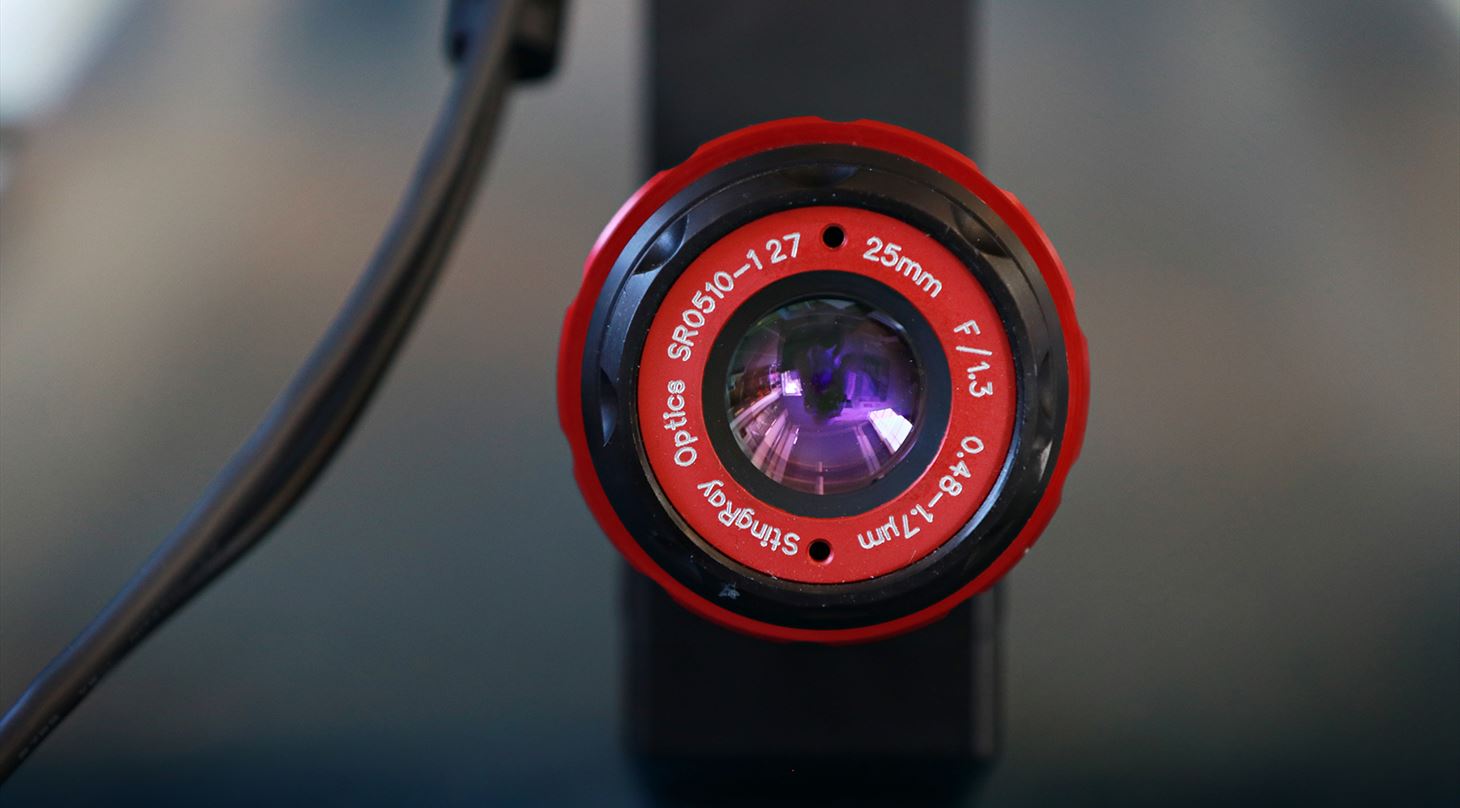.jpg)
How to Get a Richer View of Reality with Hyperspectral Cameras
Imagine that you can just look at a plant to know if it will soon develop a disease. Or you can just glance at a can of tuna to see if there are microplastics in it. That, and much more, is possible with a hyperspectral camera - get an overview here.
A hyperspectral camera can instantly make certain invisible details visible -- because hyperspectral cameras detect significantly different wavelengths than human eyes.
- This creates many opportunities in different areas”, says Michael Nielsen, Senior Specialist at the Danish Technological Institute (DTI).
He normally works in DTI's Vision Lab, which is an experimental setup in which DTI tests various vision technologies - including hyperspectral cameras.
Michael Nielsen gives an overview of obvious applications with hyperspectral cameras.
Plant Inspection
Hyperspectral cameras can be used to see plants' so-called “leaf reflectance”, which gives a picture of the health of the plant. With the camera you can capture light radiation in a lot of spectral bands which are invisible to the human eye. When plants get infected with diseases or suffer environmental stress, photosynthesis decreases and you can detect this in the leaf colour. You can see how DTI uses drones combined with vision technology to reduce plant stress here.
Food
Hyperspectral cameras make it easy to see foreign objects such as plastic or metal pieces in food products. Therefore, it is obviously useful to use such cameras for food inspection.
Advanced colour recognition
Hyperspectral cameras enable us to achieve much better colour determination than ordinary cameras, making it possible to validate the colour quality of paints or moulded plastics. The hyperspectral cameras can therefore also be used to assess the authenticity of an item, such as paintings in the art world.
Waste sorting
Advanced camera technologies like hyperspectral cameras can also be used to sort waste for recycling as the cameras can detect the difference between materials that provide unique spectral signatures, such as different plastic types. DTI has developed a number of new methods for automated waste sorting, where hyperspectral cameras detect different material types in waste and pass this information to a sorting device e.g. a robot. See how in this video.